Table of Contents
What is Fintech?
You must have heard the word “Fintech” used a lot, in the last decade. If you are a regular reader of The Fintech Mag, then you must have come across this term in our articles as well. If you do not understand what this term means, then this article is precisely for you. We are going to deconstruct what fintech is and what it means so that anyone can understand it.
Finance + Technology?
Correct! Fintech is a combination of two words “finance” and “technology”. You can call it financial technology or fintech for short. It is a very broad term that basically refers to the development in the field of finance with the help of the latest technology.
Using the latest technology of the time, one can try to increase the efficiency of financial products and services, thus leading to better services and increased profitability. Since fintech is about finance and technology, the origins of fintech can be traced back to the early nineties at least. One can even go back to the eighties but the nineties is when the term fintech in its rudimentary form started to be used.
Introduction of Credit Cards | What is Fintech?
Credit cards can be considered as the early form of financial innovation, as the first step towards what we call modern fintech. Remember that the main purpose of fintech is to improve financial products and services. To this effect, credit and debit cards played a key role in making payments more convenient for cardholders.
Instead of going to banks, cardholders could use their cards to make payments. This allowed for greater transaction speed and thus increased the transaction volume.
Enter Paypal
Around the late nineties, the usage of computer and the internet was becoming mainstream throughout the world. Although some early internet payment gateways existed, it was PayPal which revolutionized the online financial payments system.
The late nineties was a period when fintech was gearing up. Note how the rise of fintech is dependent on access to the internet. Access to the internet in the early nineties was limited and thus fintech was not even a properly-known concept, however by the late nineties the dot com revolution had taken Wall Street by a storm and internet access was increasing around the globe, led to the creation of companies like PayPal.
PayPal marks an important milestone for fintech. The introduction of an online global payment gateway made financial payments easier than plastic cards. It increased the speed of transactions, thus leading to an increase in the volume of transactions and economic activity.
PayPal also opened the gate for e-commerce, businesses were all of a sudden able to make sales and purchases online and settle their transactions through PayPal. This ease of financial transactions encouraged e-commerce, which can in many ways is said to be a precursor to modern fintech.
Smartphone Applications | What is Fintech?
The next major step for fintech happened around 2008/2010 with the introduction of smartphones. The ability to create applications opened immensely increased the potential for financial technology to scale up.
eCommerce by this time had gained mainstream traction. Businesses knew that they could use e-commerce to offer services online. Smartphones shifted the focus from websites to phone applications.
The ease of access and an increase in the speed of transactions created by smartphone applications was unprecedented. When the first iPhone and Samsung phones came out and the whole iOS and Android rivalry started, it only fueled the growth of the app development community.
Startups realised that they could not only offer their applications to their customers but also use the applications for monetization. This led to the creation of smart or digital wallets, where you could use your money to make quick payments for purchases.
Again, see how each new step allowed the speed and volume of transactions to increase. From credit cards to Paypal and then to smartphone applications. This is what fintech is about, making finance more streamlined, removing the existing barriers and democratizing finance.
Blockchain | What is Fintech?
Three things were happening simultaneously during the 2008/10 period. The global financial crisis had hit, exposing the weaknesses of the global financial system. Secondly, the smartphone revolution was just beginning and thirdly the blockchain technology was introduced.
Just like fintech had existed as an idea in its rudimentary form since the eighties, blockchain as an idea has existed since the mid-nineties but not with this name. It was Satoshi Nakamoto (whichever he’s real or not) who brought this term to light with the introduction of Bitcoin as a cryptocurrency based on blockchain.
Bitcoin exposed the weakness of the financial system which was already under crisis and it attempted to gave an alternative path to the world, a path the world is now recognising after almost a decade.
Bitcoins were introduced as a decentralized currency, which could not be controlled by any central bank. Bitcoins however were not the next step, it was blockchain. Bitcoins are only a product of blockchain. It is blockchain which as a technology allowed fintech to get ready for its next evolutionary step.
Blockchain allows financial services to be decentralized, immutable, democratized for everyone and transparent as well. There are other numerous advantages that blockchain has got over conventional systems.
The introduction of blockchain, allowed fintech to take a completely new direction, it expanded the horizons for fintech. Before blockchain, fintech was in essence a part of the conventional financial system. It was still under the domain of the central banking system.
Blockchain allowed fintech to innovate itself in a completely new direction. Cryptocurrencies, for instance, can be issued on the blockchain. Cryptocurrencies soon turned into ICOs, which were used for fundraising for startups and charities. There were however some issues with ICOs but these issues led to the creation of security tokens and STOs, which offer a better and more transparent manner of raising funds on the blockchain.
Blockchain allows the creation of decentralized financial products. So that you no longer need a bank for saving or lending. Blockchain-based solutions allow individuals to not only save money but lend it as well. The potential is virtually limitless because blockchain is now being used to unlock liquidity.
If under the conventional system you can only invest in stocks, blockchain-based solutions allow you to invest in hotels, luxury cars, works of art and so on. You don`t need millions of dollars for it, you can buy the shares or security tokens of these assets based on your own affordability.
Not just traditional assets, even tweets are being monetized now. Jack Dorsey the founder of Twitter just sold his first-ever tweet as a non-fungible token (NFT). In terms of efficiency, blockchain allows users to access funds anytime from anywhere in the world. Transactions can be completed in mere seconds and minutes. Compare this with the conventional system where geographical and time zone boundaries come in the way of financial transfers.
The increase in terms of speed and volume of transactions with blockchain is tremendous. As mass adoption of blockchain-based financial solutions increases, the speed and volume are going to multiple immensely, thus leading to more business.
Where are we heading? | What is Fintech?
Fintech is at this time transitioning from the smartphone application revolution to the blockchain revolution. Which is going to combine the accessibility of smartphone apps with the system and environment provided by blockchain to create financial solutions that will not only be innovative but will lay the foundation for the next phase of evolution.
Does all this make sense to you? Don’t hesitate to shout below in our comments section!
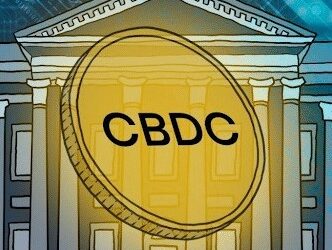

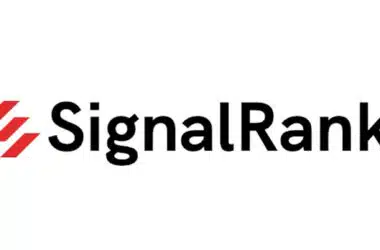
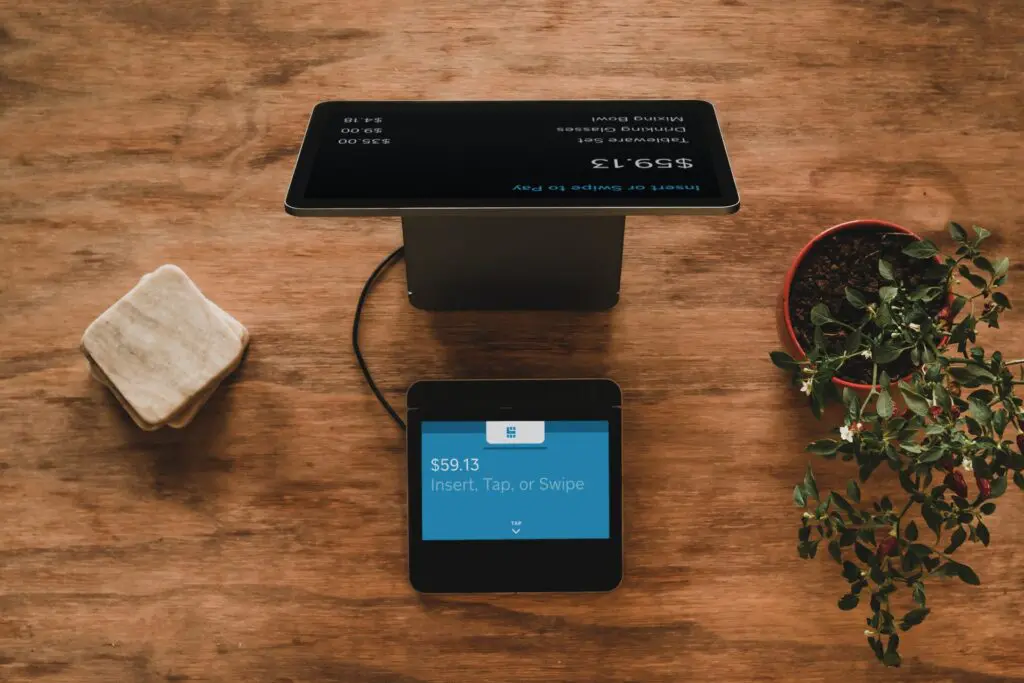

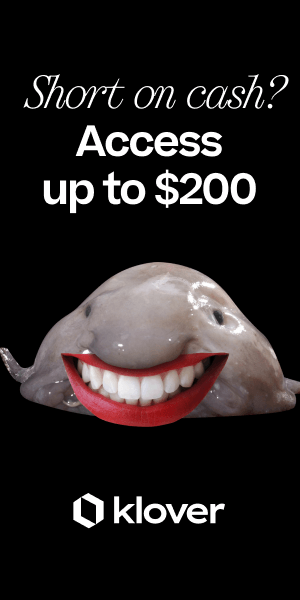

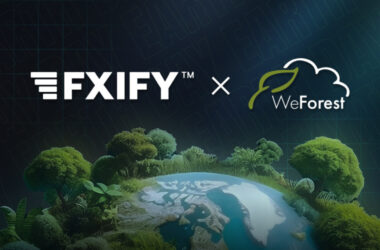
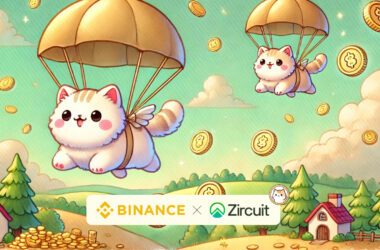

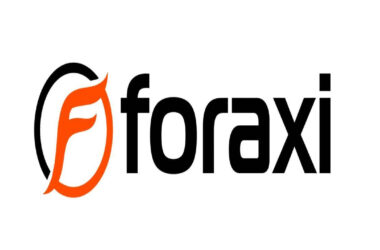

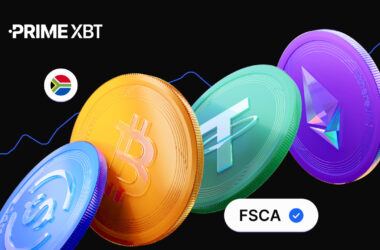


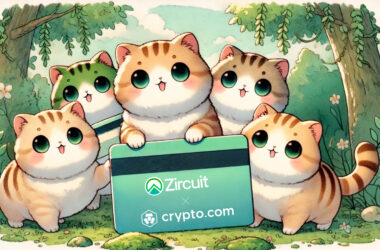
Recent Comments